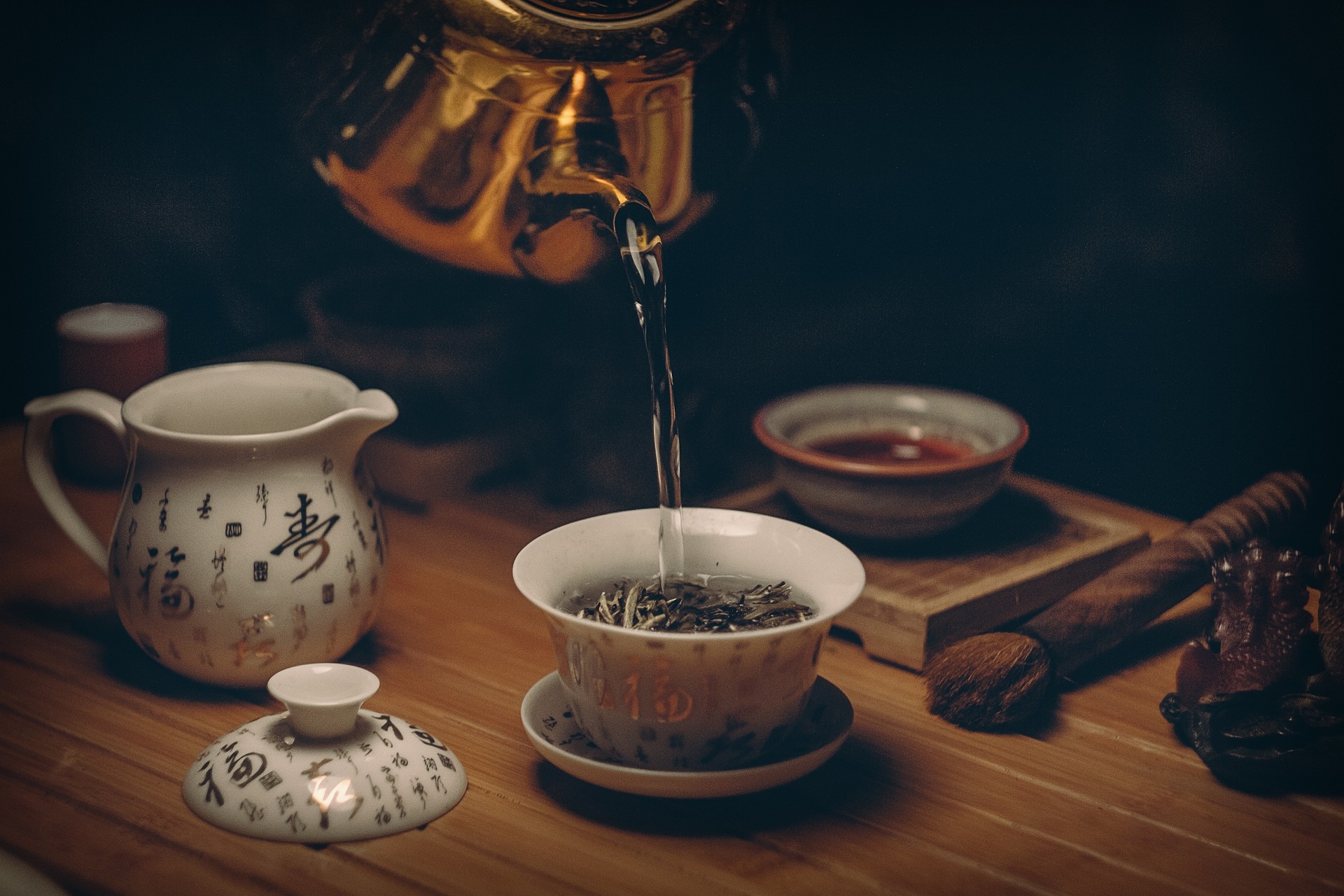Fascinating World of Tea: Types, Health Benefits, and Brewing Techniques
Tea is more than just a comforting beverage; it's a cultural phenomenon with a rich history spanning centuries and continents. From delicate green teas to robust black teas and aromatic herbal infusions, the world of tea offers a diverse array of flavors and health benefits. Whether you're a seasoned tea enthusiast or a curious novice, understanding the nuances of tea types, health benefits, and brewing techniques can enhance your appreciation for this timeless drink. Read below to embark on a journey through the fascinating world of tea.
Discovering Different Tea Types
Tea comes from the leaves of the Camellia sinensis plant, but the way the leaves are processed and oxidized determines the type of tea produced. Some of the most common types include:
- Green Tea: Known for its fresh, grassy flavor and high antioxidant content, green tea undergoes minimal oxidation, preserving its vibrant color and delicate taste.
- Black Tea: Fully oxidized, black tea boasts bold flavors ranging from malty and robust to floral and fruity. It’s often enjoyed with milk and sugar but can also be enjoyed plain.
- Oolong Tea: Partially oxidized, oolong tea falls between green and black tea in terms of flavor and oxidation level, offering a complex and nuanced taste profile.
- White Tea: Made from young tea leaves and buds, white tea undergoes minimal processing, resulting in a subtle, delicate flavor with sweet undertones.
- Herbal Tea: Not technically tea, herbal infusions are made from dried herbs, flowers, fruits, and spices, offering a wide range of flavors and health benefits.
Exploring the Health Benefits of Tea
Tea is not only a delightful beverage but also a source of various health-promoting compounds. Some of the potential health benefits of tea include:
- Antioxidant Properties: Tea contains antioxidants called polyphenols, which help protect cells from damage caused by free radicals and may reduce the risk of chronic diseases like heart disease and cancer.
- Improved Heart Health: Regular tea consumption has been associated with lower levels of LDL cholesterol and triglycerides, contributing to better heart health and reducing the risk of cardiovascular disease.
- Enhanced Brain Function: The caffeine and L-theanine in tea can improve alertness, focus, and cognitive function, promoting mental clarity and reducing the risk of cognitive decline.
- Digestive Support: Certain herbal teas, such as ginger or peppermint, can aid digestion, alleviate gastrointestinal discomfort, and reduce nausea and bloating.
- Stress Reduction: The ritual of brewing and enjoying a cup of tea can have calming effects on the mind and body, promoting relaxation and stress relief.
Mastering Tea Brewing Techniques
Brewing the perfect cup of tea requires attention to detail and an understanding of brewing techniques. Here are some tips for brewing tea like a pro:
- Water Temperature: Different types of tea require specific water temperatures for optimal brewing. For example, green tea should be brewed with water around 175°F, while black tea benefits from water around 200°F.
- Steeping Time: The length of time you steep your tea affects its flavor and strength. Green tea generally steeps for 1-3 minutes, while black tea may steep for 3-5 minutes. Herbal teas can steep for longer periods to extract more flavor.
- Tea-to-Water Ratio: The ideal tea-to-water ratio varies depending on personal preference and the type of tea. As a general guideline, use one teaspoon of loose tea or one tea bag per 8 ounces of water.
- Teaware: Invest in quality teaware, such as a teapot with a built-in infuser or a traditional gaiwan, to enhance your tea brewing experience. Avoid using metal teapots or containers that may impart unwanted flavors to the tea.
Exploring Tea Culture Around the World
Tea plays a significant role in cultures around the world, from traditional Japanese tea ceremonies to British afternoon tea rituals. Each culture has its unique customs, rituals, and etiquette surrounding tea consumption, reflecting its history, values, and social norms. Exploring tea culture can deepen your appreciation for the beverage and its cultural significance.
Conclusion
Tea is more than just a beverage; it’s a journey through history, culture, and flavor. By exploring different tea types, understanding their health benefits, and mastering brewing techniques, you can elevate your tea-drinking experience to new heights. Whether you prefer the delicate aroma of green tea or the bold richness of black tea, there’s a tea out there to suit every taste and occasion. So brew a cup, savor the moment, and let the magic of tea transport you to distant lands and centuries past.





